Michelle Grattan, University of CanberraJosh Frydenberg is Scott Morrison’s house guest at The Lodge – sharing, in Canberra’s lockdown, microwaved meals and watching “Yes, Prime Minister”.
As he recounted domestic life with Scott, the treasurer was inevitably asked whether he’d measured up the curtains.
Among the ministers, Frydenberg and Health Minister Greg Hunt have carried the frontline burdens during the pandemic. For Frydenberg – the biggest-spending federal treasurer in the nation’s history – the experience can be viewed as a test for future leadership.
Although there’ve been mistakes – JobKeeper had design flaws which led to serious waste – he has come through creditably in extraordinary circumstances.
Frydenberg, who is also deputy Liberal leader, has never hidden his ambition and is hungry for the top job. But he is also loyal. Morrison knows that, unlike prime ministerial predecessors Tony Abbott and Malcolm Turnbull, he doesn’t have to look over his shoulder, even in the bad times. Morrison marked three years as PM this week, and there has been no white-anting.
There’s more than one path to the prime ministership for Frydenberg. If Morrison loses the election, Frydenberg would be favourite to become leader of the opposition. But that’s the start of a very rocky road; hard work and high hopes can be dashed, as Bill Shorten found.
An alternative path is to be well placed vis-a-vis your internal competitors and inherit the post when it becomes available, one way or another.
If the Coalition is re-elected next year, would Morrison serve a full term, or is it possible he might leave triumphant after a couple of years, not risking the gamble on a third election “miracle”? Frydenberg knows Morrison’s moving on in a smooth transition would be his best prospect.
The prime minister this week was in full campaign mode for the March or May election and we had a glimpse of the formidable fighter we saw in 2019.
In a week when the NSW government lost control of COVID, the state’s daily new cases rising above 1,000 and hospitals under severe strain, and with Victoria on the brink, Morrison made a dramatic pivot to focus on opening the country.
Embattled NSW Premier Gladys Berejiklian was firmly in step, making it clear she’s determined to move when the 70% vaccine target is reached (meanwhile announcing some minor easings).
It seemed incongruous that as the third wave deepened and with only a third of eligible people fully vaccinated, Morrison simply left the bad news behind and headed for the ground on which he wants to stand. In his Thursday news conference, for example, he began by hailing “another day of hope”, based on the latest vaccination numbers.
Morrison, backed by research, judges most voters have had enough of lockdowns and blocked internal travel.
A poll published by Nine this week showed 54% believed Australia could not completely suppress COVID, and more than six in ten favoured opening up once the target vaccination thresholds were reached. In the second year of the pandemic, public opinion appears to have swung from preoccupation with the health response to a strong desire to return to more freedom.
While Morrison pivots when in political trouble, Anthony Albanese this week looked to be lumbering. With the PM accusing the opposition leader of undermining the national cabinet’s exit plan, Albanese knew he had to get himself out of that corner. He stressed support for the plan, but his demeanour was that of a man on the back foot.
The defiant premiers of Queensland and Western Australia are in an easier short-term position. WA’s Mark McGowan, in particular, with his stratospheric popularity, can tell Morrison to go jump, as in effect he did this week. After the PM invoked “The Croods” film to say we must emerge from the cave, McGowan played heavily to West Australians’ parochialism and angst towards the east.
“This morning the prime minister made a comment implying Western Australians were like cave people from a recent kids’ movie. It was an odd thing to say,” McGowan wrote on Facebook. “I think everyone would rather just see the Commonwealth look beyond New South Wales and actually appreciate what life is like here in WA.
“We currently have no restrictions within our State, a great quality of life, and a remarkably strong economy, which is funding the relief efforts in other parts of the country.
“West Aussies just want decisions that consider the circumstances of all States and Territories, not just Sydney.”
Regardless of the national plan to which they agreed, McGowan and Annastacia Pałaszczuk have the constitutional and political authority to handle their states’ transitions as they see fit. But they can’t get away from the fact they’ll have to make the journey, relaxing border restrictions, at some stage.
Read more:
Coalition gains in federal Resolve poll, but Labor increases lead in Victoria
As New Zealand is now finding, a zero-COVID position, however assiduously pursued, seems an impossible dream over the longer term.
Without the sharp motivators of big outbreaks, WA and Queensland have vaccination rates lower than the national average, and health systems that haven’t been stress-tested under maximum COVID pressure. WA, self-sheltered for so long, would be especially vulnerable if there were a big outbreak.
At the national level, one political unknown is what the public reaction will be in the difficult transition period ahead. Will sentiment change again when there are more hospitalisations and deaths as we reopen, albeit with some continuing safeguards?
With the length of the current extensive lockdowns unknown, it is not clear whether by election time we’ll have had, or have escaped, another recession. We know this September quarter will be negative but the December quarter could go either way.
Two consecutive quarters of negative economic growth (the economy shrinking) is taken in technical terms to be a recession. AMP economist Shane Oliver says there is a 45% chance of negative growth in the June-quarter figures, which will be released next Wednesday. If that happened a recession would be certain.
At the election the economy and fiscal policy will be central issues. If we are as “open” as the prime minister foreshadows, the government will need to have plans for when and how it would start fiscal repair.
For Morrison and Frydenberg, this will be another pivot point. Many will be watching carefully how much agility the treasurer can show.
Read more:
Politics with Michelle Grattan: Doherty’s Sharon Lewin on pivoting from chasing COVID zero
![]()
Michelle Grattan, Professorial Fellow, University of Canberra
This article is republished from The Conversation under a Creative Commons license. Read the original article.



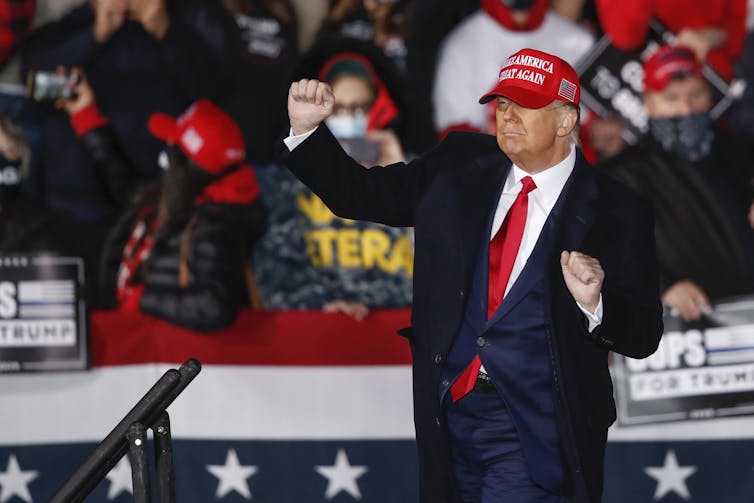
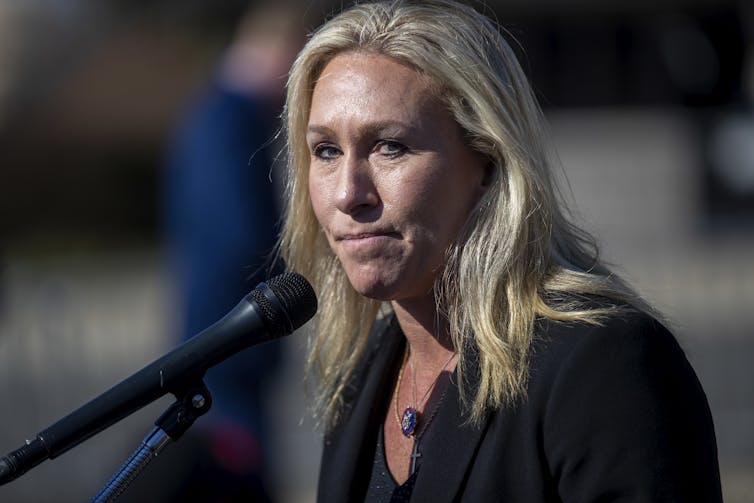




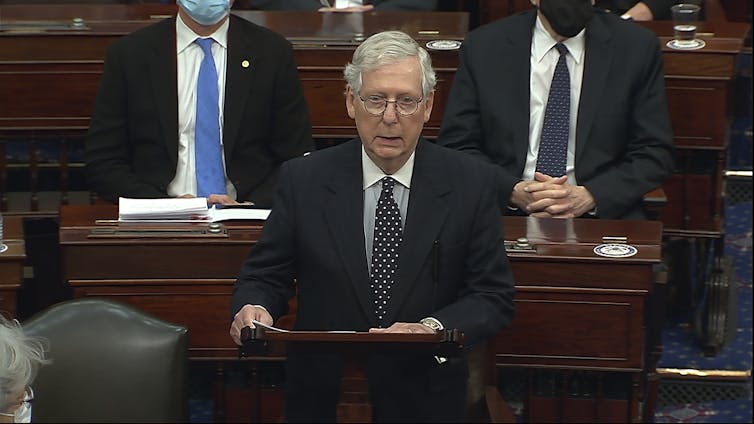

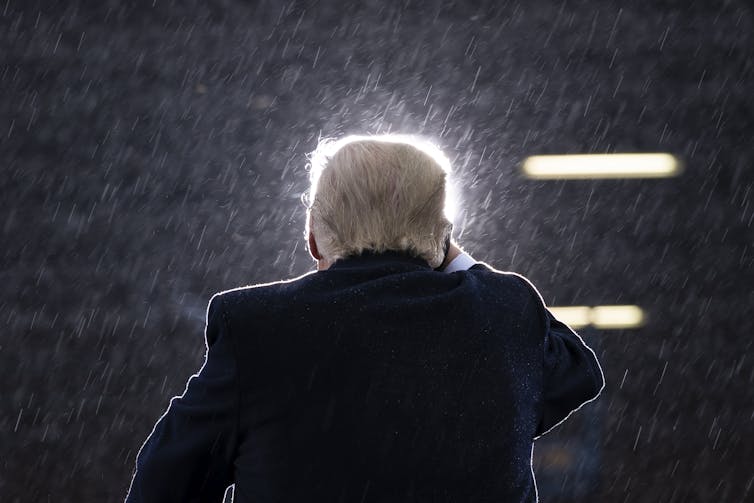

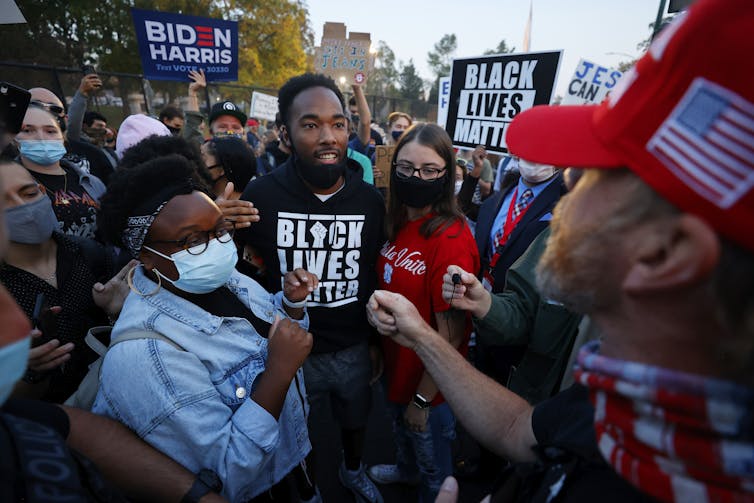


You must be logged in to post a comment.